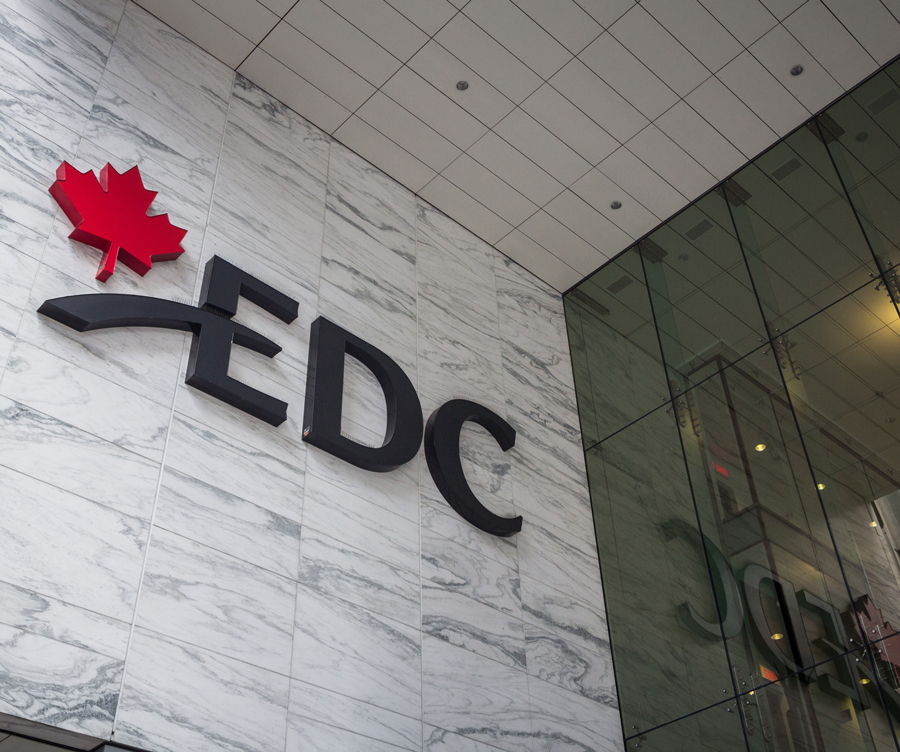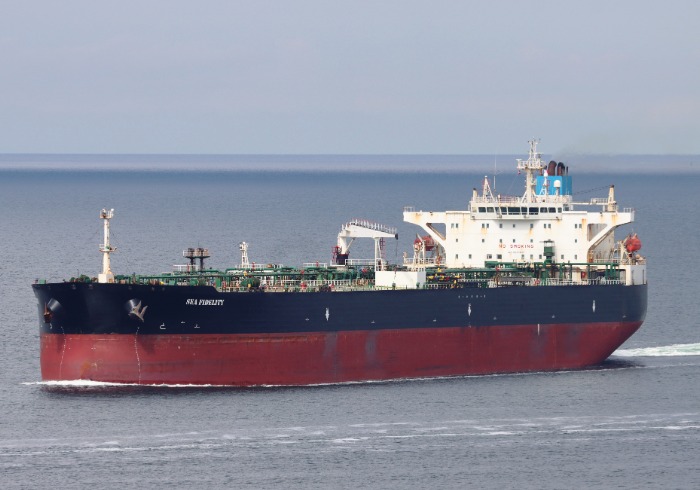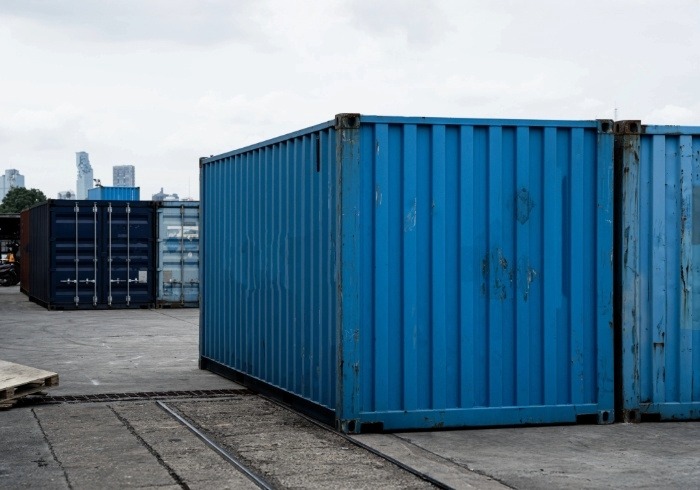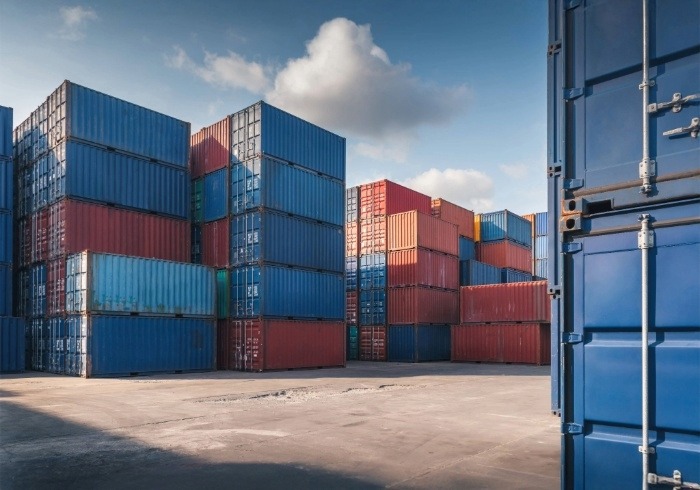As trade tensions escalate between the US and its northern neighbour, Export Development Canada (EDC) is looking at new ways to help businesses tackle an increasingly turbulent and costly market.
As of press time, tariffs between the two countries stand at 25% from the US on Canadian steel and aluminium and 25% on C$30bn-worth of US goods including computers, sports equipment and manufactured iron goods.
The situation remains highly unpredictable, however, with the past week characterised by a flurry of threats and retaliations, including the Candan province of Ontario walking back a proposed surcharge on energy exports in exchange for the US not doubling its metals tariff.
A blanket 25% tariff on all imported goods from Canada is also currently on hold for the second time, but is due to be reimposed in April.
Both the tariffs and the wider market uncertainly are proving bad for business, especially trade, says Todd Winterhalt, senior vice president of international markets and head of communications and public affairs at EDC, the country’s export credit agency (ECA).
“I would say [the mood] is pretty dire,” he tells GTR.
“What we’re hearing from a lot of our exporters and investors is that the only thing worse than a tariff is uncertainty, because you can’t plan.”
Larger companies have told EDC they might be able to absorb these tariffs in their margins for up to eight months, he says, but for SMEs the picture is much bleaker.
“If [tariffs] are prolonged, and even worse, if they’re reciprocal, and they continue to ratchet up, SMEs just don’t have the liquidity or the resilience to withstand that back and forth,” Winterhalt says. “Their horizon to significant trouble is much shorter.”
The Canadian economy is heavily integrated with that of the US, with around 77% of its exports crossing south, Winterhalt says. Scotiabank figures show Canada also imports around 44% of its goods from the US.
Some Canadian manufacturers are looking to bolster their supply chains by diversifying inputs, but this is easier said than done.
Canada is “fortunate” in its trade position globally, Winterhalt says – the country has 15 active free trade agreements covering around 50 countries, including all of the G7 nations – but decoupling is a notoriously slow process.
These concerns echo comments by Allianz Trade Canada’s chief executive, David Dienesch.
Speaking to GTR prior to the second pause of the blanket tariff, he said a recession for Canada could be on the cards if levies remain in place for an extended period of time – particularly if investors opt to channel funds south of the border.
“I’m a member of a CEO peer group, and in that group the companies I was talking to are holding off investing in Canada and thinking about investing in the States,” Dienesch said. “I don’t think that’s a good thing for the Canadian economy.”
Institutions to the rescue?
EDC has responded quickly to market uncertainty. On March 10, the agency announced the launch of its Trade Impact Program, a C$5bn (US$3.5bn) increase in capacity across two years, aimed specifically at keeping Canadian exporters afloat during the current turbulence.
The concept for the programme was born in the aftermath of Trump’s election last autumn, Winterhalt says. Following hot on the heels of the pandemic, EDC had to decide how it wanted to go about supporting its clients.
“We started to think about how this would be different from the pandemic,” he says. “The pandemic was more of a bailout situation. We felt that this is more of a backstop situation.
“In the pandemic, every single company in every single industry that was impacted. This is a little bit more specific, and variable industry-by-industry. That’s where we came up with the thought process around creating the Trade Impact Program.”
The capacity extension covers a suite of EDC’s existing products, including trade credit insurance, a foreign exchange facility guarantee that protects against currency fluctuations abroad, and working capital guarantees.
Its aim is to be nimble, so as the international situation develops, the products included – as well as the size of the envelope – can change.
The export credit agency has longer-term plans, too, including examining Canada’s interdependence with the US.
“As a country and as an exporter base, we’ve likely been over dependent on the United States,” Winterhalt says.
“How do we change that storyline? Part of it is longer term. Do we have the right trade enabling infrastructure in Canada that runs east-west to get goods to Europe or to Asia or other markets, and not only north-south, to serve the US?
“The answer is no; there is room for additional investment to build that, whether that’s the traditional stuff, road, rail, ports, airports, or more service enabling or digital infrastructure.”
EDC also expects to collaborate with other Canadian agencies to accelerate infrastructure spend, he says, although the agency’s primary focus will remain on increasing exports.
“We don’t want to stray away from what our mandate is, [and] there’s lots of other great parts of the Canadian government and other Crown Corporations like us, who do focus there,” he says. “But we could help accelerate and amplify some of the work that’s being done.”








